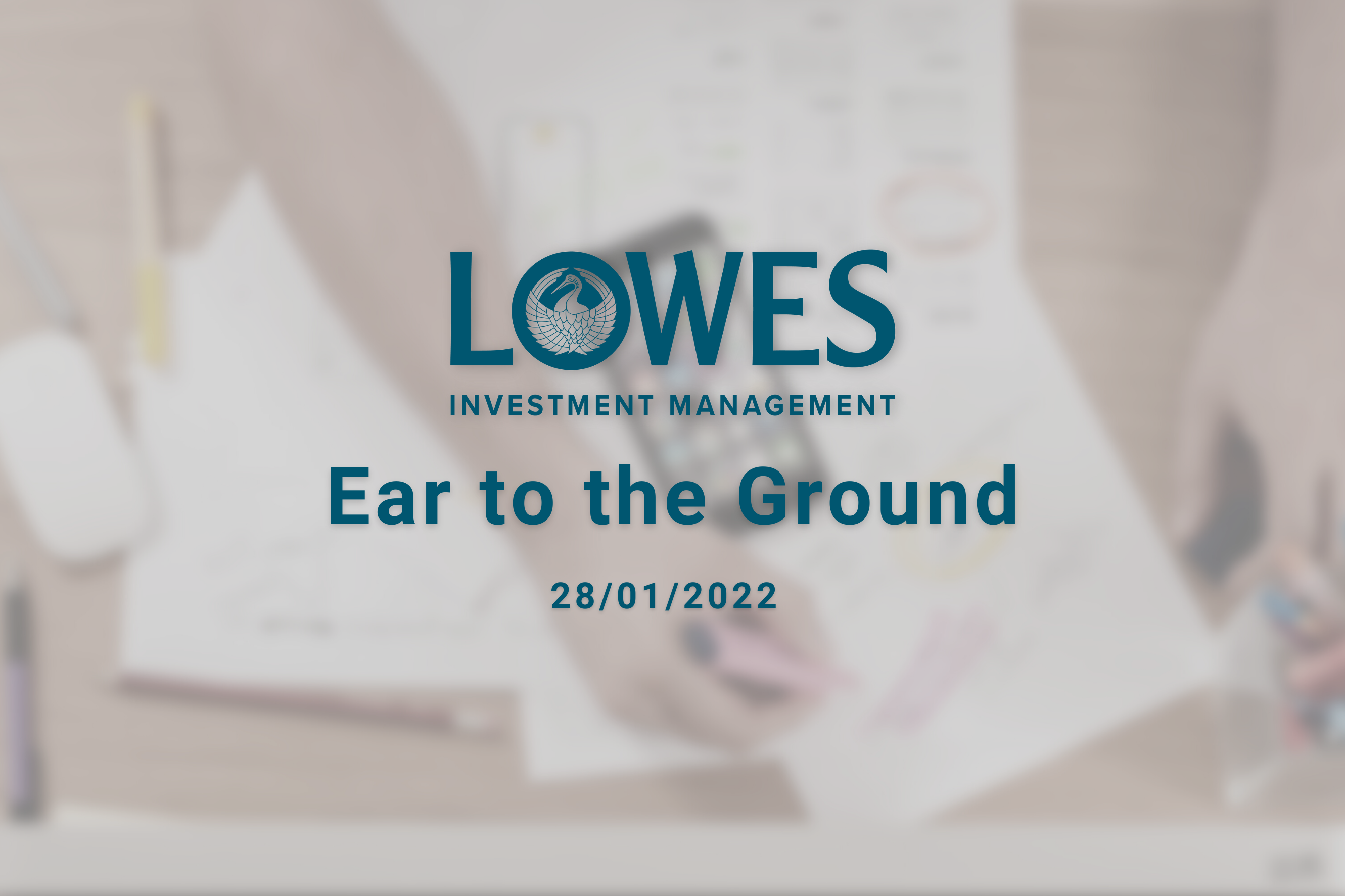Ear to the ground
28 January 2021

All eyes were on the US Federal Reserve this week as they met to discuss interest rates and the size of the central bank balance sheet. Last week we reported that the likelihood was that they would leave rates unchanged and they lived up to this expectation. They do however expect to start raise rates soon, with inflation being comfortably above 2% and the labour market being strong.
Fed Chair Powell was also keen to emphasize in the post meeting press conference that the committee was concerned that the high levels of inflation may persist. The market now fully expects a rate rise to happen on the 16 March, with some commentators now of the view that there is an outside chance we could see a 50bp rather than standard 25bp hike. Forward rate expectations are that we will see 4 rates hikes in the US by the end of the year.
Whilst the market clearly believes that interest rate hikes are coming, some commentators aren’t quite sure that this is the right time to be doing so. For example, the University of Michigan Consumer Sentiment Survey is continuing to show weakness. Raising rates into that sort of environment may not be a good thing.
The reduction of the balance sheet is also likely to commence the reduction of the size of the balance sheet once the rate hiking process has commenced. At $8.9trn, Fed Chair Powell is of the opinion that the balance sheet is “substantially larger than it need to be. There’s a substantial amount of shrinkage in the balance sheet to be done. We want the process to be orderly and predictable.” It would appear that they are determined to ensure that the market has plenty of visibility to trying prevent any sort of taper tantrum. The US has certainly been keener to keep the liquidity taps on compared to other central banks.
This week we also saw the release of US GDP figures for the 4th quarter. The economy grew at an annualised 6.9% quarter on quarter. This was well above the forecast of 5.5%. Further analysis however showed that the largest contributor actual came from the building of inventories. Whilst this is ultimately economic activity, it perhaps raises the question about the underlying strength of demand. Perhaps we can give the benefit of the doubt and that perhaps things were being put away for a rainy day.
Sticking with the economic outlook, we also saw the release of the latest projections from the IMF. Here they forecast that global economic growth will moderate from 5.9% in 2021 to 4.4% in 2022. Perhaps of more significance is the change in expectations for this year compared to their October forecast, which was higher at 4.9%. Economic growth for developed countries is now expected to be 0.6% weaker than the October forecast. Here the main detractor is weaker than expected growth for the US.
Developing markets have also seen a write down, with China expected to post weaker growth than expected at 5.2% against the previous forecast of 6%. This is attributed to the zero tolerance COVID polices and the potential disruption they can bring, along with stress amongst property developers.
With the potential for weaker economic growth, particularly if central bank activity was more aggressive, yet the probability of rising interest rates being high, we are seeing the US Treasury yield curve flatten, as shorter duration bond yields rise. Whilst we are still some way off yield curve inversion, the gap continues to narrow.
The movements in expectations for inflation, interest rates and economic growth this week has certainly created volatility in equity markets. On Monday we saw the S&P 500 fall by almost 4% intraday before an afternoon rally saw the index close up almost 0.3% on the previous day.
On days like that some may look up to the sky for inspiration. Let’s hope it is not this bear that they see!

This article is for information purposes only and should not be construed as advice. We strongly suggest you seek independent financial advice prior to taking any course of action.
The value of this investment can fall as well as rise and investors may get back less than they originally invested.
Past performance is not necessarily a guide to future performance.
The Fund is suitable for investors who are seeking to achieve long term capital growth.
The tax treatment of investments depends on the individual circumstances of each client and may be subject to change in the future. The above is in relation to a UK domiciled investor only and would be different for those domiciled outside the UK. We strongly suggest you seek independent tax advice prior to taking any course of action.
Subscribe Today
To receive exclusive fund notifications straight into your inbox, please complete this form.